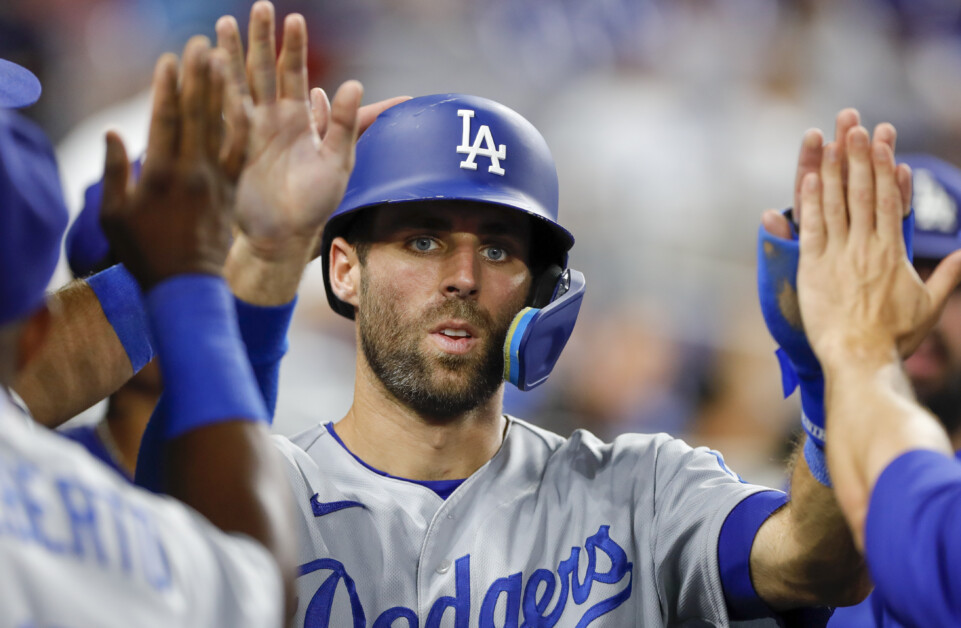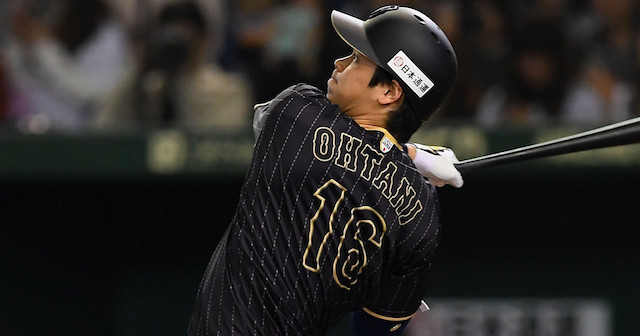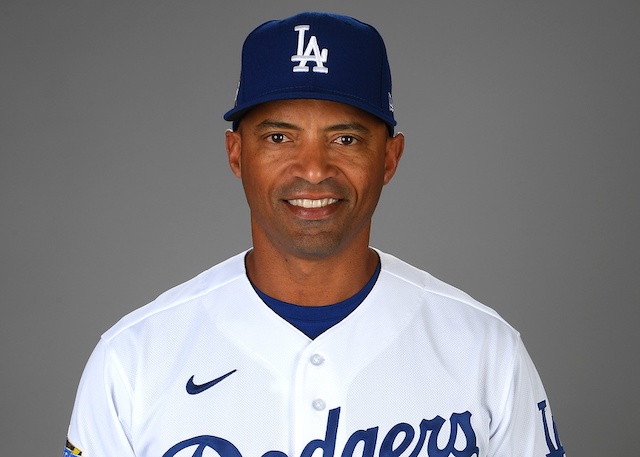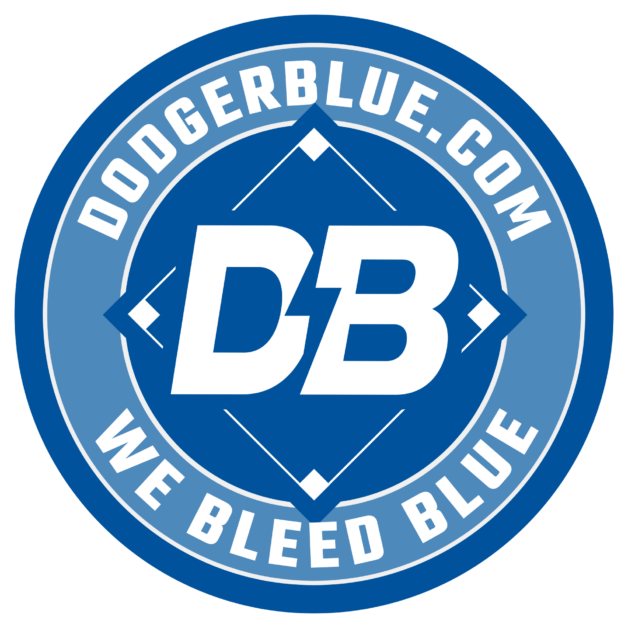After reviewing the Los Angeles Dodgers offense both positive and negative, contributions from the bench, and a surprisingly strong starting rotation, the spotlight now shines on the bullpen. The various facets of the team propelled the Dodgers to the best record in the first half at 61-29.
While the club has received timely hitting throughout the year, along with excellent starting pitching, the bullpen has done its part in keeping close games within reach, as well as preserving leads in the late innings.
The Dodgers’ relief corps ranks second in total WAR (FanGraphs) behind the Houston Astros, and additionally checks in at second in ERA (2.99), FIP (3.34), xFIP (3.70) and strikeouts per nine innings (10.4).
Disappointments
Chris Hatcher: It was a disappointing first half for Hatcher, who posted a 4.66 ERA and 4.27 FIP in 36.2 innings.
While Hatcher struck out batters at a high clip (10.6 strikeouts per nine), he allowed nearly two home runs and 9.1 hits per nine despite a reasonable .313 BABIP.
The 32-year-old was placed on the 10-day disabled list in late-June with thoracic inflammation and there isn’t much of a timetable for his return. Hatcher recently received a cortisone injection to alleviate pain.
Sergio Romo: After nearly a decade with the San Francisco Giants, the Brawley, Calif., native switched sides in the rivalry and joined the Dodgers — his favorite team growing up — on a one-year deal.
In 25 innings thus far, Romo has pitched to a 6.12 ERA and 5.75 FIP with 31 strikeouts to 12 walks. While his 11.2 strikeouts per nine innings ratio is the highest since 2011, Romo is on pace to allow the most home runs of his career with a whopping 2.5 home runs per nine.
The right-hander has also struggled with command, walking over four batters per nine innings — helping contribute to a high 1.40 WHIP.
Standouts
Pedro Baez: Now in his fourth season with the Dodgers, Baez has continued to thrive in high-leverage situations.
In 37.2 innings as the primary setup man, Baez posted a 1.43 ERA and 3.78 FIP with 38 strikeouts during the first half. He struggled a bit with walks (3.8 per nine) but has toned down on the home run ball — reducing his home runs per nine to 1.0 from last season’s mark of 1.3.
Josh Fields: Acquired from the Astros at last season’s non-waiver trade deadline, Fields has been a steady late-inning option for the Dodgers — albeit with a few bumps in the road.
The right-hander got off to a scorching start, ending the month of May with a 0.84 ERA. Since then, however, Fields has pitched to a 7.72 ERA in 9.1 innings — allowing five home runs in the process.
Fields spent nearly two weeks with Triple-A Oklahoma City in late June and has allowed just one run since his return to the Majors in early July.
For the year, Fields has pitched to a solid 2.93 ERA and 10.6 K/9 in 30.2 innings despite a 4.32 FIP — largely due to a 1.8 home runs per nine ratio.
Brandon Morrow: Since his promotion from Triple-A Oklahoma City in late May, Morrow has emerged as a legitimate setup option for the Dodgers.
In 14 games, the 11-year veteran owns a 1.93 ERA and 1.36 FIP with 17 strikeouts in 14 innings.
Among Dodgers relievers with a minimum of 10 appearances, Morrow’s 0.93 WHIP ranks second on the team and he has yet to allow a home run on the year.
MVP
Kenley Jansen: The all-time Dodgers saves leader is in the midst of his best season yet.
In 37.2 innings, Jansen has posted a minuscule 0.96 ERA, 1.05 FIP and 0.56 WHIP with a stunning 57 strikeouts to just two walks.
Jansen recorded 21 saves during the first half and was selected to his second consecutive All-Star Game, where he struck out the side in the ninth inning.
Among qualified relievers, the 29-year-old ranks first in the Majors with a 0.48 walks per nine ratio and second with 2.1 WAR (FanGraphs), behind Boston Red Sox closer Craig Kimbrel.










